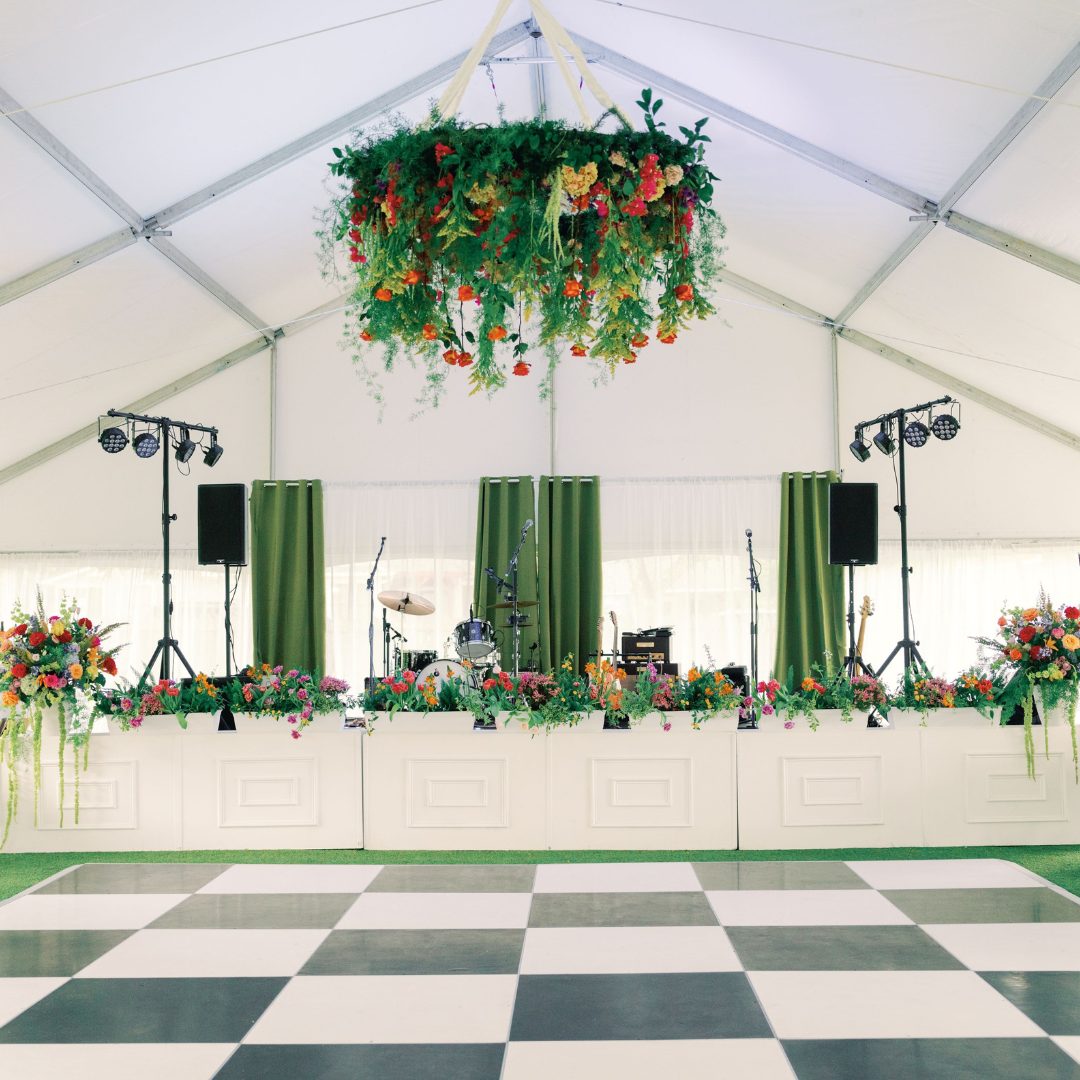Investigating the Diverse Materials That Convert Performance Floors into Breathtaking Visual Experiences
Investigating the Diverse Materials That Convert Performance Floors into Breathtaking Visual Experiences
Blog Article
Dance floors have developed significantly over the decades, transforming more than just a place to move to music. Currently, they are transformed into stunning visual encounters through the use of multiple substances and technologies. These materials not only improve the visual attractiveness of the space but also improve the overall experience for performers and spectators alike. Comprehending the versatile substances that add to these vibrant environments can provide insight into the craft of dance floor design.
One of the most frequent substances used in modern dance floors is light-emitting diode lighting. Light-emitting diode lights are power-saving and can generate a wide variety of hues and impacts. They can be integrated in the floor directly or used as part of a illumination system above the dance floor. This technology allows for coordinated light displays that can alter in response to the melodies, creating an engaging encounter. The capability to program these lights means that they can be tailored to match different themes or moods, making each occasion distinct.
Another important material is reflective materials, such as mirrors or shiny tiles. These materials can create an deception of space and depth, making the dance floor seem larger than it actually is. When dancers dance, their reflections can add an additional layer of aesthetic appeal, enhancing the complete performance. Additionally, mirror-like materials can engage with lighting impacts, amplifying the hues and patterns displayed on the floor. This fusion of light and reflection can enthrall audiences and boost the vitality of the event.
In furthermore to illumination and reflective substances, the use of electronic screens has become progressively common in dance floor design. These screens can show lively visuals, graphics, or even real-time feeds of the show. By incorporating electronic innovation, event organizers can create a comprehensive experience that engages both the performers and the spectators. The ability to alter images in real-time allows for a fluid environment that can adapt to the beat and energy of the music, making each moment feel new and thrilling.
Furthermore, the choice of surface substance itself plays a crucial role in the overall experience. Traditional wooden dance floors are still preferred for their strength and performance qualities. However, more modern materials like vinyl and elastic are becoming popularity due to their versatility and simplicity of care. These substances can provide superior impact absorption, minimizing the chance of injury for dancers. Additionally, they can be crafted with multiple textures and colors, allowing for creative representation in the dance floor's look.
In summary, the evolution of dance floors like it into breathtaking visual experiences relies on a mix of innovative materials and technologies. Light-emitting diode illumination, reflective surfaces, digital screens, and specialized flooring substances all add to creating an engaging environment for performers and audiences. As technology continues to progress, the possibilities for enhancing dance floor creation will only grow, making future events even more captivating and memorable. Understanding these materials helps value the artistry involved in creating environments where dance and music come together harmoniously in harmony.